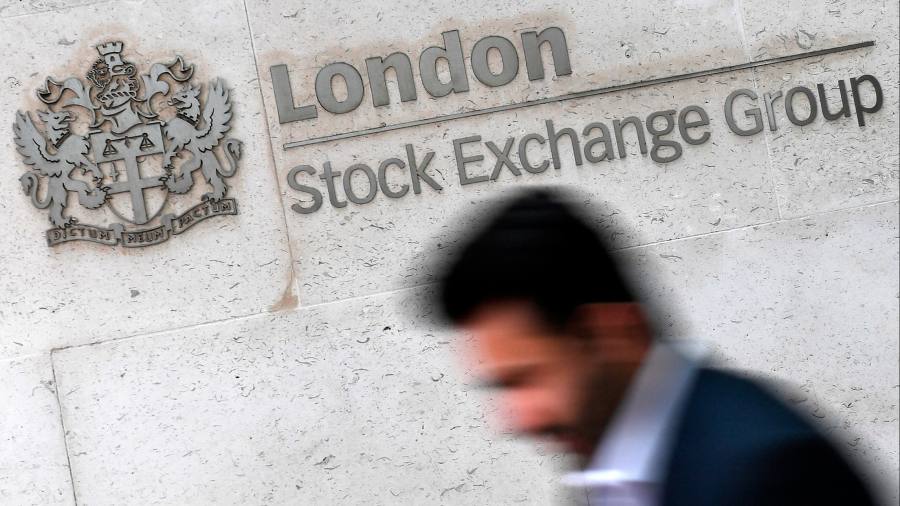London Stock Exchange Group’s reaction to losing CRH is surprisingly sanguine. The Irish building materials company is joining the exodus from the City with plans to switch its primary listing from London to New York. Politicians will trade barbs about the impact of Brexit. Yet LSEG chief executive David Schwimmer simply says it is “what it is.”
CRH claims it is simply following its business growth to the US. In reality, it is following liquidity and valuations. Average daily trading volumes in CRH shares have declined over the past 10 years, as they have across the FTSE 350.
New York is a larger, more liquid market. Valuation multiples are higher. CRH trades on 15 times forecast earnings, a shade below its five-year average. Smaller US-listed peer Martin Marietta trades at 24 times expected earnings. Vulcan Materials at 31 times. Valued on such multiples, the £32bn CRH might have a market capitalisation of £66bn.
CRH could have spun off its US operation. But that would not have suited chief executive Albert Manifold’s acquisitive style. Instead, it has refocused. The company says North America accounts for about 75 per cent of ebitda and is expected to rise. CRH’s largest acquisition last year was a $1.9bn deal to buy US railing company Barrette Outdoor Living. In 2020, it began to report earnings in US dollars.
A New York listing does not guarantee higher valuations or more local deals. But there is little reason to think City officials can change CRH’s mind. Witness the doomed fight to persuade homegrown microchip designer Arm to relist in London.
Other companies are on the move. Plumbing product supplier Ferguson and miner BHP have transferred their primary listings out of London. Irish gambling company Flutter is considering the same move. Shell has also explored the idea.
Promises of rule tweaks failed to win a London listing for Saudi Arabia’s state-owned oil giant Saudi Aramco in 2019. Schwimmer’s reaction to CRH’s plan at least avoids a similar whiff of desperation. But the decline of local trading volume points to a self-perpetuating problem with no easy fix.
Read the full article here



